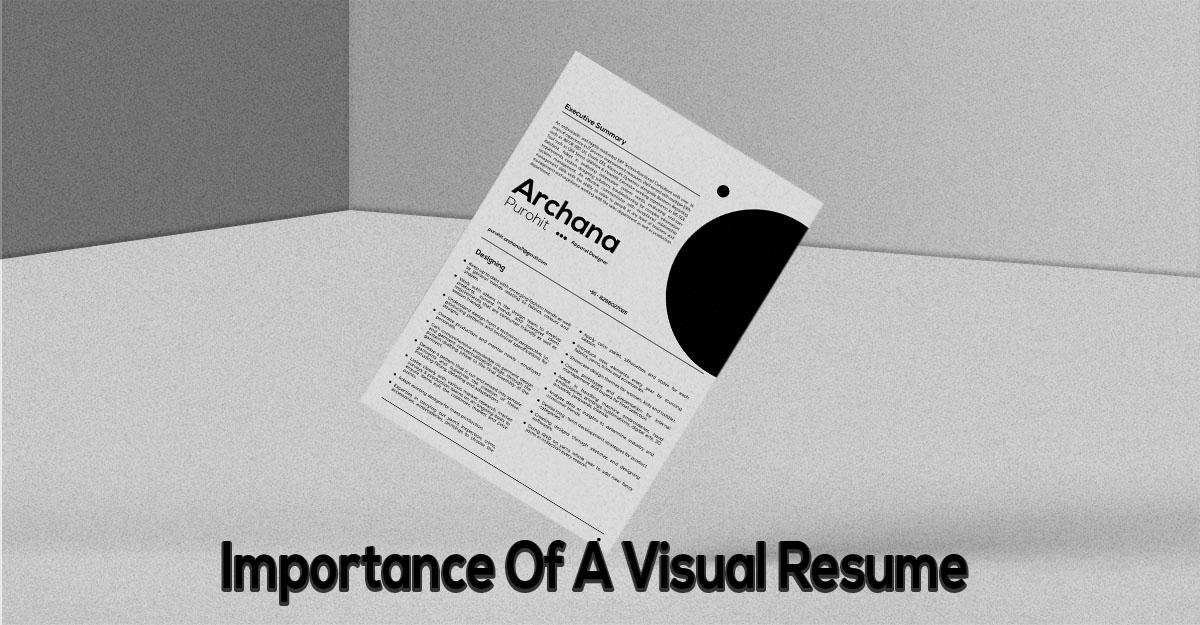Crafting a Resume for a Business Analyst Role: Key Sections and Tips

A well-crafted resume is essential for securing a Business Analyst role. This key document showcases your skills, experience, and professional achievements, helping you stand out in a competitive job market. In this guide, we will break down the crucial sections of a Business Analyst resume and provide practical tips to enhance your application.
1. Contact Information
What to Include:
- Full Name
- Phone Number
- Email Address
- LinkedIn Profile
- Optional: Address or City/State (based on preference or job location)
Tips:
- Ensure your email address is professional.
- Link to an updated LinkedIn profile.
- Avoid including unnecessary personal information like marital status or age.
2. Professional Summary
What to Include:
- A brief statement (2-4 sentences) highlighting your most relevant skills, experiences, and career goals.
Tips:
- Tailor the summary to each job application.
- Use action verbs and quantify achievements (e.g., "Led a team of 5 analysts, improving data accuracy by 20%").
- Avoid generic statements that could apply to any applicant.
3. Key Skills
What to Include:
- Technical Skills: Data analysis, SQL, Excel, BI tools (e.g., Tableau, Power BI)
- Soft Skills: Communication, problem-solving, critical thinking, stakeholder management
Tips:
- List skills in bullet points for readability.
- Prioritize skills based on the job description.
- Include a mix of technical and soft skills to show versatility.
4. Professional Experience
What to Include:
- Job Title
- Company Name
- Location
- Employment Dates (month/year)
- Key Responsibilities and Achievements (use bullet points)
Tips:
- Focus on quantifiable achievements (e.g., "Increased sales by 15% through data-driven insights").
- Use the STAR method (Situation, Task, Action, Result) to structure your bullet points.
- Highlight experiences relevant to Business Analysis, even if your previous job title was different.
5. Education
What to Include:
- Degree(s)
- Institution Name
- Graduation Date (month/year)
- Relevant Coursework (optional)
- Certifications (e.g., CBAP, PMP)
Tips:
- Include your GPA if it is above 3.5.
- List any ongoing education or certifications.
- Mention honors or awards received during your academic career.
6. Projects
What to Include:
- Project Title
- Your Role
- Brief Description
- Key Achievements and Technologies Used
Tips:
- Select projects that demonstrate your analytical and problem-solving skills.
- Highlight any projects where you led a team or had a significant impact on the outcome.
- Use metrics to quantify your contributions (e.g., "Reduced processing time by 30%").
7. Additional Sections (Optional)
Certifications and Training:
- List any additional certifications (e.g., Agile, Six Sigma) that are relevant to the role.
Languages:
- If you are proficient in multiple languages, list them along with your proficiency level.
Professional Memberships:
- Include memberships in relevant professional organizations (e.g., IIBA).
Volunteer Experience:
- Mention any volunteer work that demonstrates relevant skills or a commitment to the community.
General Tips for Crafting a Standout Business Analyst Resume
Tailor Each Resume:
- Customize your resume for each job application to align with the specific requirements and keywords from the job description.
Use Action Verbs:
- Start bullet points with strong action verbs like "analyzed," "led," "implemented," and "optimized."
Quantify Achievements:
- Whenever possible, use numbers to demonstrate your impact (e.g., "Improved customer satisfaction by 10%").
Keep it Concise:
- Aim for a resume length of one to two pages.
- Be concise and avoid unnecessary jargon or lengthy descriptions.
Format for Readability:
- Use a clean, professional layout with consistent formatting.
- Choose an easy-to-read font like Arial, Calibri, or Times New Roman.
- Ensure there is enough white space to make the resume easy to scan.
Proofread:
- Check for spelling and grammatical errors.
- Consider using tools like Grammarly or asking a trusted colleague to review your resume.
Use Keywords:
- Incorporate keywords from the job description to pass through Applicant Tracking Systems (ATS).
Include a Cover Letter:
- A well-crafted cover letter can complement your resume and provide additional context about your experience and interest in the role.
Real-World Examples
For further insights into crafting an effective Business Analyst resume, you might find our previous blogs helpful:
Final Thoughts
Crafting a resume for a Business Analyst role requires attention to detail and a clear understanding of the skills and experiences that make you a valuable candidate. By focusing on key sections like the professional summary, key skills, and professional experience, and by following the tips outlined above, you can create a compelling resume that highlights your strengths and achievements.
However, if you're looking to ensure your resume truly stands out, consider opting for professional resume writing services. At IRC Resume, we specialize in creating tailored, high-impact resumes that highlight your unique strengths and experiences. Let us help you take the next step in your career with confidence.









